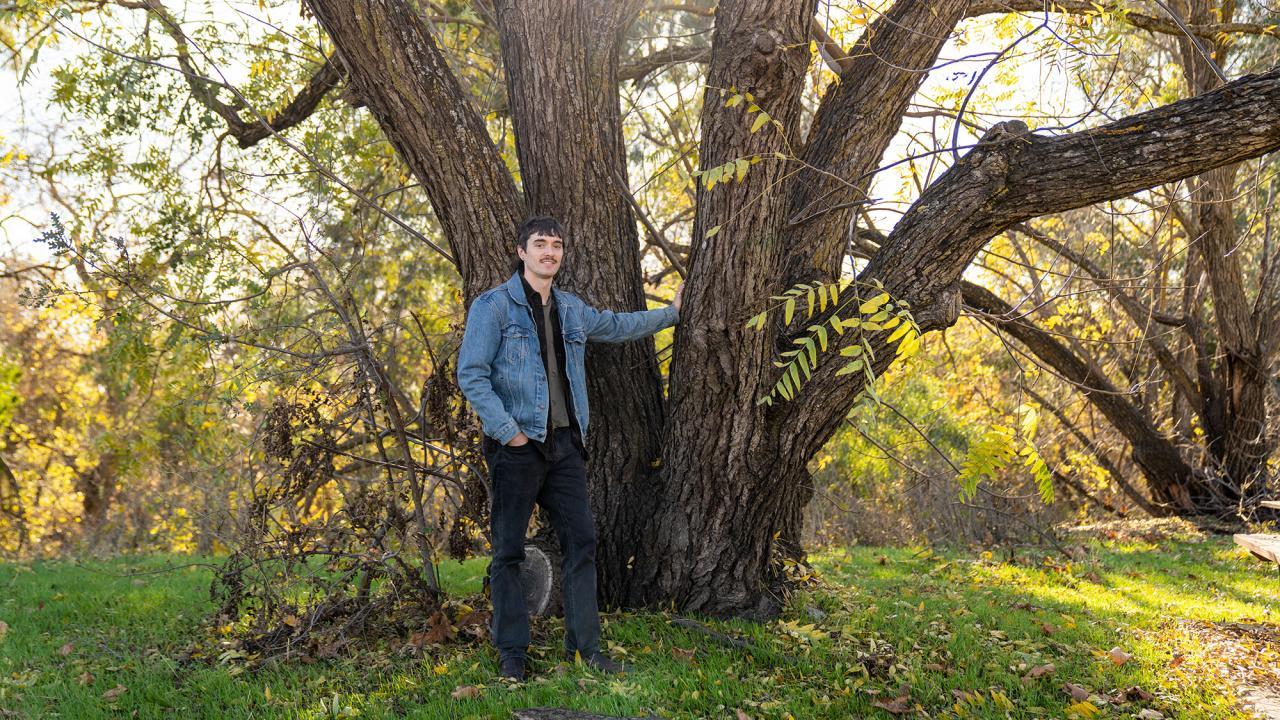
Genetics of Alternating Sexes in Walnuts
The genetics behind the alternating sexes of walnut trees has been revealed by biologists at the University of California, Davis. The research, published Jan. 3 in Science, reveals a mechanism that has been stable in walnuts and their ancestors going back 40 million years — and which has some parallels to sex determination in humans and other animals.
Flowering plants have many ways to avoid pollinating themselves. Some do this by structuring flowers to make self-pollination difficult; some species have separate “male” and “female” plants. Others separate their male and female flowers in time. Trees in the family which includes walnut, hickory and pecan take this one step further. A walnut tree produces flowers of one sex, then the other in the same season, but trees differ in which one comes first. Individual trees are consistently “male-first” or “female-first” in flowering, something noted by Charles Darwin in 1877. In the 1980s a UC Davis graduate student, Scott Gleeson, noted that this phenotype was controlled by a single genetic locus.
Read the full article here.
